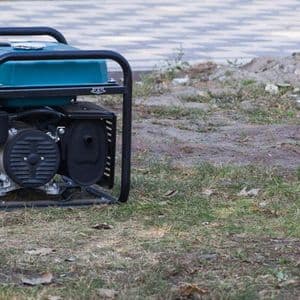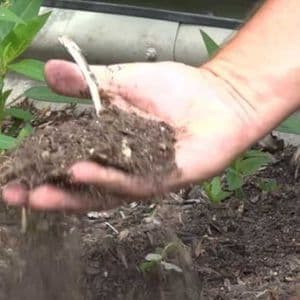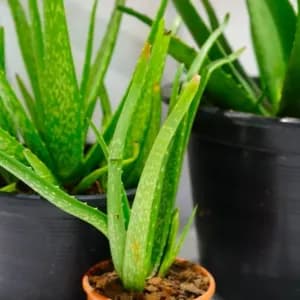Violas are a lovely, adaptable, and simple flowering plant that can brighten up any landscape with its splash of color and personality. These tiny, colorful blooms are a favorite of gardeners of all skill levels because of their broad availability in a wide range of sizes and colors.
Violas Overview
Violas are charming, versatile, and easy-to-grow flowering plants that belong to the Violaceae family. They come in a wide range of colors and sizes, and their cheerful blooms can brighten up any garden. Basic information you should know about violas before choosing to plant this plant:
| Botanical Name |
Viola spp. |
| Common Names |
Johnny-jump-up Viola Pansy Sweet violet Violet |
| Plant Type |
Annual Perennial |
| Soil Type |
Moist Well-drained |
| Sun Exposure |
Full Partial |
| Soil pH |
Acidic |
| Bloom Time |
Spring Fall |
| Flower Color |
Purple Blue Red Yellow Orange White |
| Mature Size |
4–10 in. tall 4–10 in. wide |
Types of Violas
Some popular types of Violas include:
- Pansies (Viola × wittrockiana): Known for their large, colorful, and often bi-colored blooms, pansies are a garden favorite.
- Violets (Viola odorata): These small, fragrant flowers are often used as ground covers or in borders and rock gardens.
- Viola cornuta (Horned Violet): This type of Viola features delicate, fragrant flowers and is often used in containers or as edging plants.
Where to Grow Violas
Violas can be grown in USDA hardiness zones 3-9 [
1]. They prefer well-draining, loamy soil with a pH of 6.0-7.5. Violas can tolerate partial shade but will produce the most blooms in full sun. They are often grown as annuals, though some types are perennials or biennials.
How to Grow Violas from Seeds
Growing Violas from seeds is an economical and rewarding way to add these beautiful flowers to your garden. Follow these steps to grow Violas from seeds:
Sow seeds
Sow Viola seeds indoors 6-8 weeks before your last frost date. Use a seed-starting mix in seed trays or small pots, and plant the seeds at a depth of 1/8 inch. Keep the soil consistently moist, and maintain a temperature of 65-70°F (18-21°C).
Provide light
Plant the seeds in a window with sunlight or under grow lamps so that the seedlings can bask in the light for at least 12-14 hours a day.
Transplant seedlings
Seedlings can be transplanted outside once they have a pair of true leaves and the soil's temperature has hit 60 degrees Fahrenheit (15 degrees Celsius). After a week of gradual exposure to outdoor circumstances, transplant the seedlings into the yard or containers, leaving 6-12 inches of space between each plant.
How to Care for Violas
Once your Violas are established, follow these care tips to ensure a healthy and vibrant display:
Watering
Keep the soil consistently moist but avoid overwatering, as this can lead to root rot. Water Violas at the base of the plant, rather than overhead, to prevent the spread of diseases.
Soil
For optimal growth, it is recommended to cultivate violas in soil that is rich in humus [
2] and moisture. This can be achieved by using a potting mix that contains peat or amending garden soil with organic matter. For optimal growth, violas prefer a soil that is slightly acidic. Adding peat moss to the soil can help to achieve this acidity level.
Fertilizing
Apply a balanced, slow-release fertilizer at the time of planting, and then every 4-6 weeks throughout the growing season. Alternatively, use a water-soluble fertilizer according to the package instructions.
Deadheading
To encourage continuous blooming, remove spent flowers regularly by pinching or cutting them off at the base of the stem.
Mulching
Apply a 1-2 inch layer of organic mulch, such as compost or shredded bark, around the base of the Violas to help conserve soil moisture, regulate soil temperature, and suppress weeds.
Pest and disease control
Monitor your Violas for common pests, such as aphids and slugs, and treat them as needed with insecticidal soap or other appropriate methods. Watch for signs of diseases, such as powdery mildew, and treat with a fungicide if necessary.
Overwintering
In colder climates, Violas can be protected during the winter months by applying a layer of straw or evergreen boughs after the ground has frozen. In warmer climates, Violas may continue to bloom throughout the winter with proper care.
FAQs
Do violas like sun or shade?
Violas can grow best in full sun or partial shade, especially during the spring season.
How do you keep violas blooming?
Give violas mild fertilizer once a month during the growing season, and prune your plants in late summer to get them ready for autumn blossoms if you want to keep yours blooming.
How long will violas last?
Violas have a short life. This plant can last up to 2 years.
Will violas come back every year?
Yes, violas will come back every year, especially perennial violas.
Conclusion
Violas are a perfect flower for any garden with their colorful and prolific blooms. With the right location, soil conditions, planting, and care throughout the growing season, you can have vibrant violas blooming for months. Try different varieties in beds, borders, containers or baskets for a floral display that delights from spring through fall. With minimal effort, violas will brighten up your outdoor space and keep you smiling with their cheerful flowers. Follow these tips to grow and care for violas and enjoy their beauty!
Sources
The New York Garden works under restricted procurement guidelines and relies on peer-reviewed studies and studies conducted by academic organizations. Tertiary references should be avoided. For more information on how we ensure our material is correct and up to date, please visit our editorial policy.
- USDA Plant Hardiness Zone Map - USDA
- Humus - It's The Dirt - Texas A&M University















